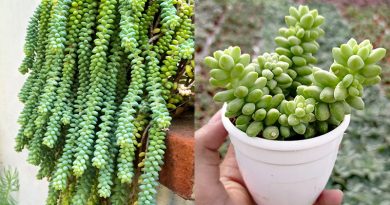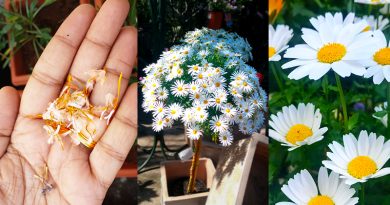Unique idea for Cutting method brinjal planting
It’s important to clarify that “cutting method” in brinjal (eggplant) propagation is less common than with some other plants. Brinjal is most often grown from seeds. However, there are techniques related to pruning and maximizing yield that involve “cutting,” and there’s also research into vegetative propagation. Here’s a breakdown and some innovative ideas:
Traditional Brinjal Growing
-
Seed Propagation
This is the standard method. Seeds are sown, seedlings are raised, and then transplanted.
-
Pruning
This involves cutting back parts of the plant to encourage bushier growth and increased fruit production.
Innovative Approaches:
-
Grafting
This is a more advanced technique where a part of one brinjal plant (the scion) is joined to the root system of another (the rootstock).
-
-
Innovation
- Using disease-resistant rootstocks to improve brinjal resilience.
- Grafting onto wild brinjal relatives that have stronger root systems.
- Micro grafting techniques.
-
-
Tissue Culture (Micropropagation)
This involves taking small pieces of plant tissue and growing them in a sterile environment to produce new plants. This is not “cutting” in the traditional sense, but it does involve taking small plant samples. This is used for mass production of disease free plants.
-
“3G Cutting” Techniques
This technique, more commonly used in cucurbits (like cucumbers), involves strategic pruning to increase the number of female flowers, which produce fruit. While less documented in brinjal, adapting these principles could potentially increase yield. Careful removal of apical (top) growth to encourage lateral branching. Strategic pruning of those lateral branches. This technique is about managing growth, through selective cutting.
-
Hydroponic and Aeroponic Systems:
While not a “cutting method” itself, these soilless growing systems allow for precise control of nutrients and growing conditions, which can lead to healthier, more productive plants. These systems can be used in conjunction with cutting and grafting methods.
Key Considerations
- Brinjal plant health is very important, so any cutting must be done with sterile tools.
- Researching the varieties of brinjal that are best for certain climates, and growing methods is important.
- Soil health, and proper fertilization are also key factors in brinjal production.
68 total views, 1 views today




